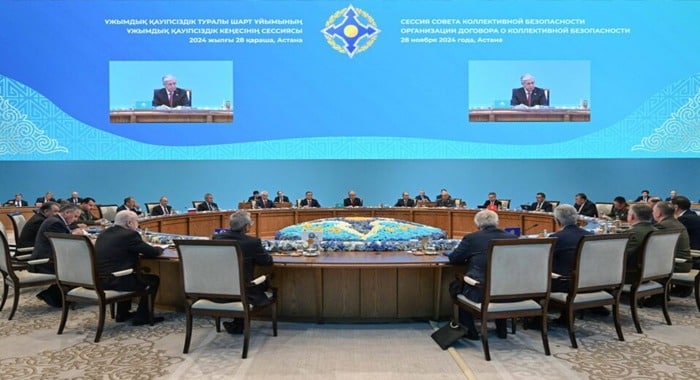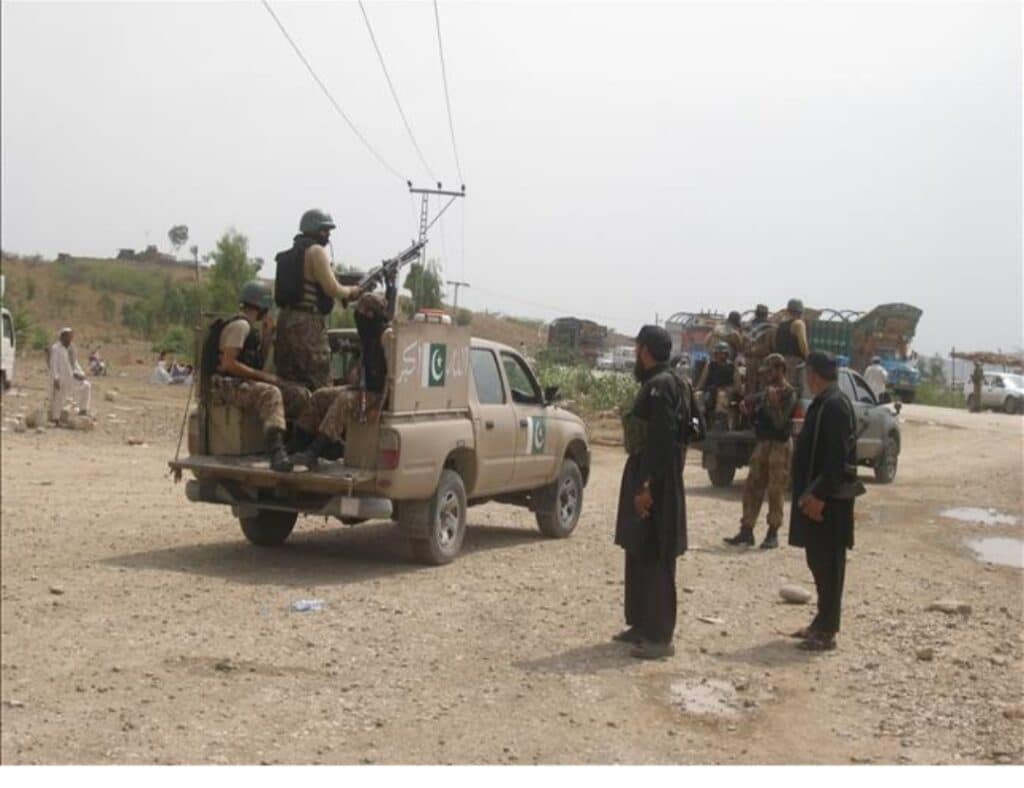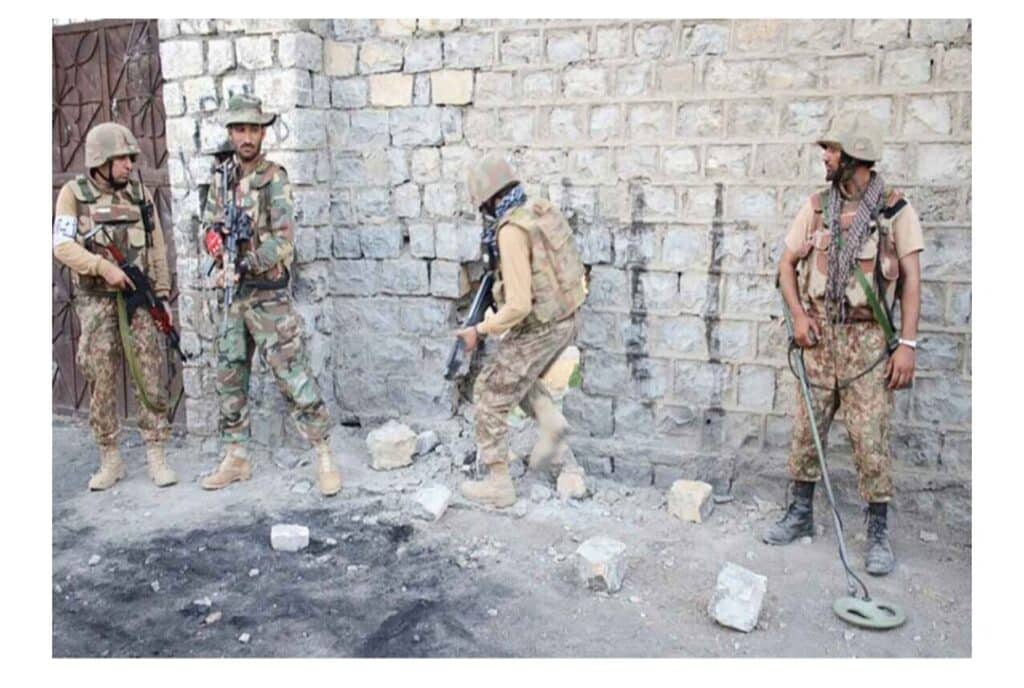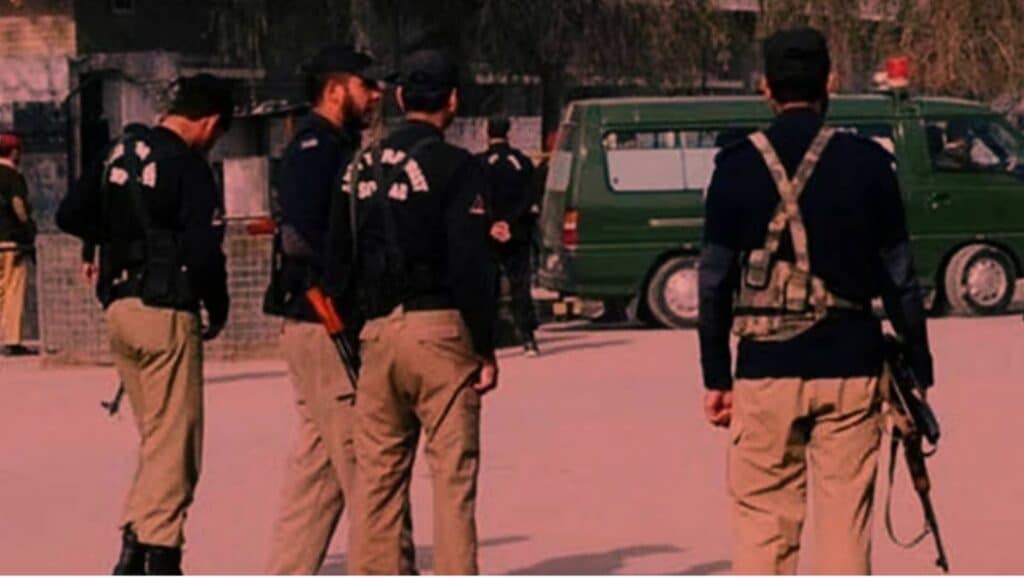The Collective Security Treaty Organization (CSTO) has expressed serious concern over the growing threats emanating from Afghanistan’s northern provinces bordering Central Asia, as the region continues to face challenges related to terrorism, extremism, and drug trafficking. In response, Tajikistan is set to initiate the first phase of a multistage CSTO program aimed at bolstering security along the 1,300-kilometre Tajik-Afghan border—the longest in Central Asia.
“The implementation of the CSTO’s Targeted Interstate Program to strengthen the Tajik-Afghan border is of particular importance and relevance,” said CSTO Secretariat Press Secretary Natalia Kharitonova in a statement to Izvestia. She emphasized that Afghanistan remains a persistent source of regional threats, and that coordinated efforts against terrorism and drug crime remain critical.
Originally developed in 2013 and formally adopted by the Collective Security Council in November 2024, the program comprises three phases. The first stage involves evaluating the capacity of CSTO member states to supply weapons and technical resources for border protection. Subsequently, funding mechanisms will be established and initial contracts signed, with deliveries scheduled for 2026–2027. The final phase, expected to run from 2027 to 2029, will focus on securing the entire Tajik-Afghan border through practical deployment, with Russia likely to play a major role given its existing military presence at the 201st base in Tajikistan.
On April 11, CSTO Secretary General Imangali Tasmagambetov met in Dushanbe with Tajik President Emomali Rahmon and senior security officials to discuss the program’s first phase. CSTO member states have reaffirmed their commitment to the initiative, recognizing its critical role in countering regional threats.
Security officials report that up to 1,500 militants from international terrorist groups such as Jundallah, the East Turkestan Islamic Movement, and ISIL remain active in Afghan areas near the Tajik border. Experts warn that the fall of Damascus to armed opposition groups and the subsequent release of Central Asian militants from Syrian prisons have added to the risks in the region.
“There is a real possibility of militant incursions into Tajikistan,” said Nikita Mendkovich, head of the Eurasian Analytical Club. He added that Islamist cells operating within Central Asia, including groups like Tablighi Jamaat in Kyrgyzstan, may act in coordination with external threats.





